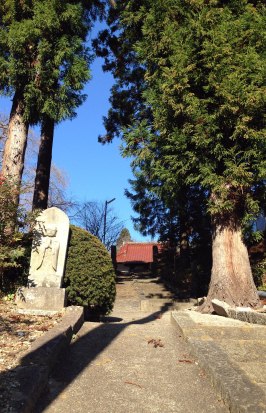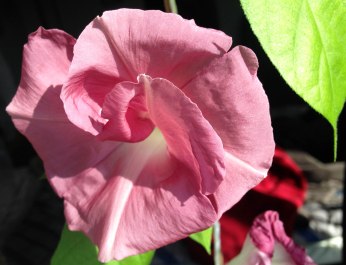It is not until Japanese cedars are 30 years of age, that they release their greatest amount of pollen.
The quote above was taken from a study done in the 90s, which attempted to explain the rapid spread of seasonal allergies in relation especially to Cryptomeria japonica as well as pollution*. But for some, the real issues begin as the Japanese cedars and cypresses are dusted themselves with the first snows of winter.
The causes of winter asthma are myriad and complex. Past studies have pointed to chemicals known as endocrine disruptors (EDs), one of which – DEHP – has gotten some bad press for its possible association with asthma and wheezing, particularly in children.
Also on the ED hit list of health organizations such as the Breast Cancer Fund and Silent Spring Institute are alkylphenols, industrial chemicals found in plastics, detergents, and pesticides, to name a few.
According to a roundup of several studies done on incidences of asthma in Japan associated with these contaminants, alkylphenols and other EDs are fat soluble; when they reach the ocean, they are easily absorbed by fish, particularly salmon. The land bioaccumulators tend to be poultry. Whether in fish, chicken, or beef, the chemicals can begin doing their damage, whatever and however bad that might be.
A good place to start would be in pregnant women, who can be exposed daily to phthalates (used in plastics and including DEHP) in the air. It all sounds gloom and doom, and there are plenty of other harmful things being accumulated in Japan – be it by seaweed or abandoned cattle – but an interesting study caught my eye, assessing lifestyle behaviors associated with exposures to endocrine disrupting chemicals in a Mennonite population.
The study, far too small to provide concrete evidence, suggested that such contaminants could be avoided through “consuming mostly homegrown produce…[using] no cosmetics and limited use of personal care products, and…[using] transportation primarily by sources other than automobiles.”
The first piece of advice has been bolstered by other studies investigating the link between antioxidant-rich diets and reduced rates and degrees of asthma.
Not just fruits and vegetables were suggested for daily consumption, but whole fruits and vegetables.
That being said, some I’ve spoken to in Fukushima prefecture since my arrival have avoided local fruits and vegetables. In any case, wild vegetable foraging, a popular pastime as I’ve come to understand, has completely stopped.
With the worries over plants that have accumulated radiation in my prefecture and the widespread use of inorganic pesticides – paired with other rising issues such as that of poor cardiac health due to the popularity of Western fast food chains – a nice white blanket that appears fresh and clean might be a welcome change for a while.
Go here to see WebMD’s advice for those who suffer from winter asthma
*Much like the television forecasts for cherry blossom viewing season, pollen prediction maps and charts are broadcasted by some Japanese tv networks.






